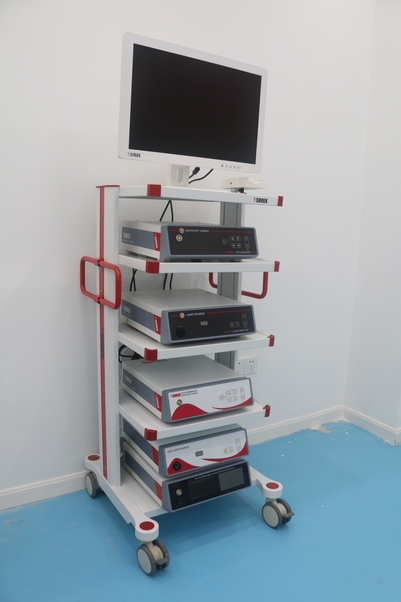Advancements in Gynecological Surgery with Hysteroscopy Sets
Hysteroscopy is a minimally invasive surgical technique used in gynecology to diagnose and treat conditions affecting the uterus. It involves the insertion of a hysteroscope, a thin, flexible instrument with a camera and light source, into the uterus through the cervix. A hysteroscopy set is a collection of specialized instruments designed specifically for use in hysteroscopy procedures. These sets have revolutionized gynecological surgery, providing improved outcomes and fewer complications for patients.

One of the key benefits of hysteroscopy sets is their ability to perform diagnostic procedures with greater accuracy and precision. With the use of specialized instruments such as biopsy forceps and grasping forceps, doctors can take tissue samples and remove abnormal growths, providing a definitive diagnosis and reducing the need for additional procedures. Hysteroscopy sets also allow for improved visualization, with the camera providing a clear and detailed view of the uterus, improving the accuracy of diagnosis and treatment.
Hysteroscopy sets are also effective in treating a wide range of gynecological conditions. They are commonly used to remove fibroids, polyps, and other abnormal growths in the uterus. These sets are also used to treat conditions such as endometrial hyperplasia and adhesions, which can cause infertility and other reproductive problems. With the use of specialized instruments such as scissors, electrodes, and lasers, hysteroscopy sets provide precise and targeted treatment, reducing the risk of complications and improving patient outcomes.
One of the primary advantages of hysteroscopy sets is their minimally invasive nature. The procedure is typically performed on an outpatient basis, requiring only a local anesthetic and minimal recovery time. This results in fewer complications and a faster return to normal activities for patients. Hysteroscopy sets also reduce the risk of complications associated with more invasive surgical techniques, such as bleeding and infection.
In addition to their clinical benefits, hysteroscopy sets are also cost-effective. They reduce the need for hospitalization and general anesthesia, resulting in lower healthcare costs for patients and healthcare providers alike. The minimally invasive nature of the procedure also reduces the need for postoperative pain management and extended hospital stays, further reducing healthcare costs.
In conclusion, hysteroscopy sets have revolutionized gynecological surgery, providing improved outcomes and fewer complications for patients. With their ability to perform diagnostic procedures with greater accuracy and precision, treat a wide range of gynecological conditions, and their minimally invasive nature, hysteroscopy sets are a vital tool for gynecological surgeons. As technology continues to advance, it is likely that hysteroscopy sets will become increasingly important in gynecology, providing even better outcomes for patients and advancing the field of minimally invasive surgery.



Leave a message